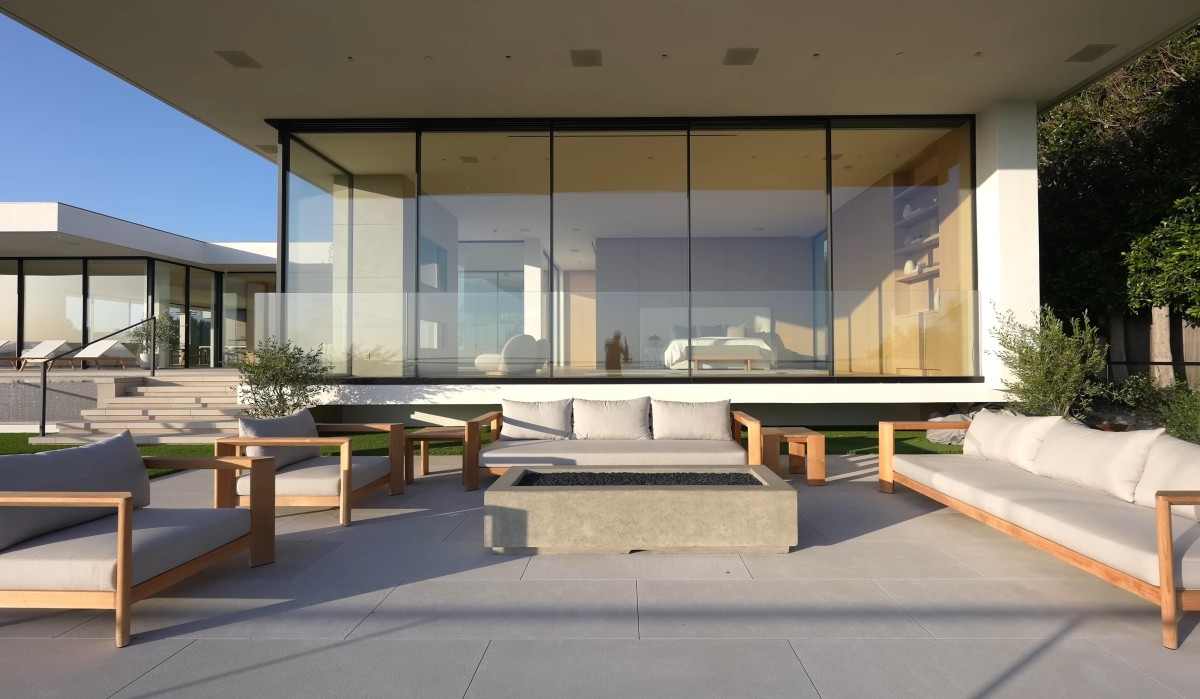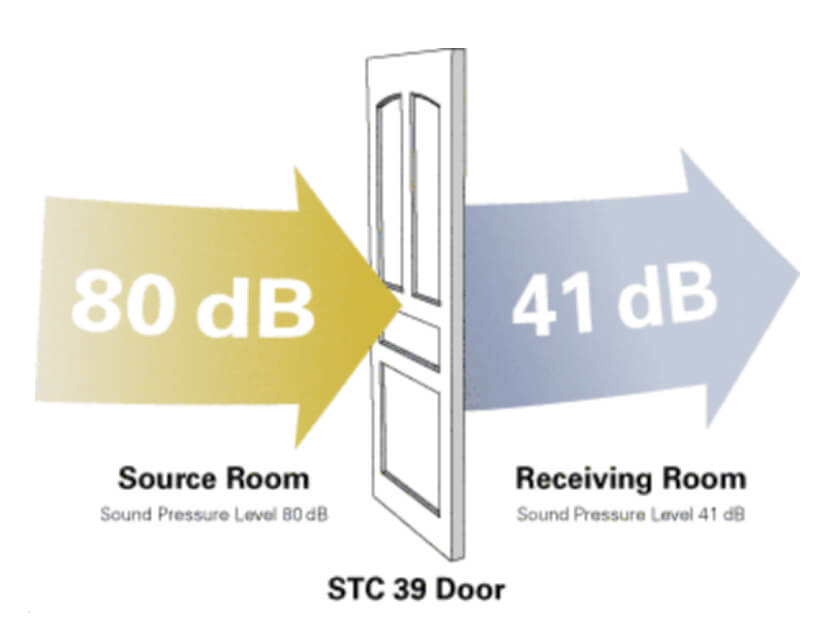EuroSteel Sound Reduction
Architecture begins where engineering ends - Walter Gropius.
Peace & Quiet

Technology of Sound Insulation
- We utilize slightly different thicknesses of glass, so sound hitting one pane is transmitted at a frequency that does not resonate with the second pane. This ‘breaks’ the sound wave amplification.
- Laminating two pieces of glass with VBA clear polymer bonding, creating an extra thick sound reducing glass. A third layer of glass with gas fill can increase the sound reduction even further. Depending on other factors, we can achieve ratings in the high 40’s
- Our thermal break system works to dampen sounds passing through the frame.
- Our heavy duty four stage seals works to prevent ‘acoustic flanking’, or sound passing around the slab or sash.
About STC
STC or ‘Sound Transmission Class’ is a numerical method of rating how well a building element reduces sound transmission. The STC provides a standardized way to compare building materials, as well as products, such as doors and windows. A higher number indicates more effective sound insulation than a lower number. However, the STC rating uses a logarithmic scale like the ‘Richter Scale’ for earthquakes. An increase from 28 to 38 means that 90% of the noise is reduced. A change from 28 to 43 represents a noise reduction of over 95%! Small increases in the numerical rating can mean a lot of extra noise reduction. The increase from 38 to 43 mentioned above doesn’t sound like much (90% versus 95+% in reductions) – but going from 90% to 95% means that 60% of the remaining noise was removed; every number represents a large amount of noise!
Technical solutions for sound reduction depend on the source and type of noise and the path of acoustic transmission. The smallest structural gap can cause a disproportionate reduction in sound proofing. A 0.1% opening will reduce effective sound control from 40 dB to 30 dB, which is typical of walls where the caulking has not been effectively applied. Partitions that are inadequately sealed or contain back-to-back electrical boxes, untreated recessed lighting or unsealed pipes also offer significant flanking paths for sound leakage. A major source of sound transmission can be the door itself. Even if the door is rated at 40 STC, if the installation isn’t done correctly, transfer of sound through clearances and gaps around the door will cause loss of sound control. Eurosteel doors and windows are highly rated for STC but to achieve the best results, a holistic approach to all aspects of the building structure must be considered.

For this reason, the STC of a building material is not the sole factor in providing optimal sound reduction. For commercial or sound studio level sound reduction, we advise consulting with an acoustical engineer.
To give some examples for comparison: a standard wall in most homes has an STC rating of 33, while studio-level soundproofing requires a rating of at least 45. Most rooms is a luxury residential home should have STC ratings of 38-42
| STC | Performance | Description | |
|---|---|---|---|
| 50-60 | Excellent | Loud sounds heard faintly or not at all | |
| EuroSteel with Extra STC | 40-50 | Very Good | Loud speech heard faintly |
| EuroSteel Doors & Partitions | 35-40 | Good | Loud speech heard but hardly intelligible |
| Regular Sheet Rock Wall | 30-35 | Fair | Loud speech understood fairly well |
| 25-30 | Poor | Normal speech understood easily and distinctly | |
| Typical Hollow Core Door | 20-25 | Very Poor | Low speech audible |

